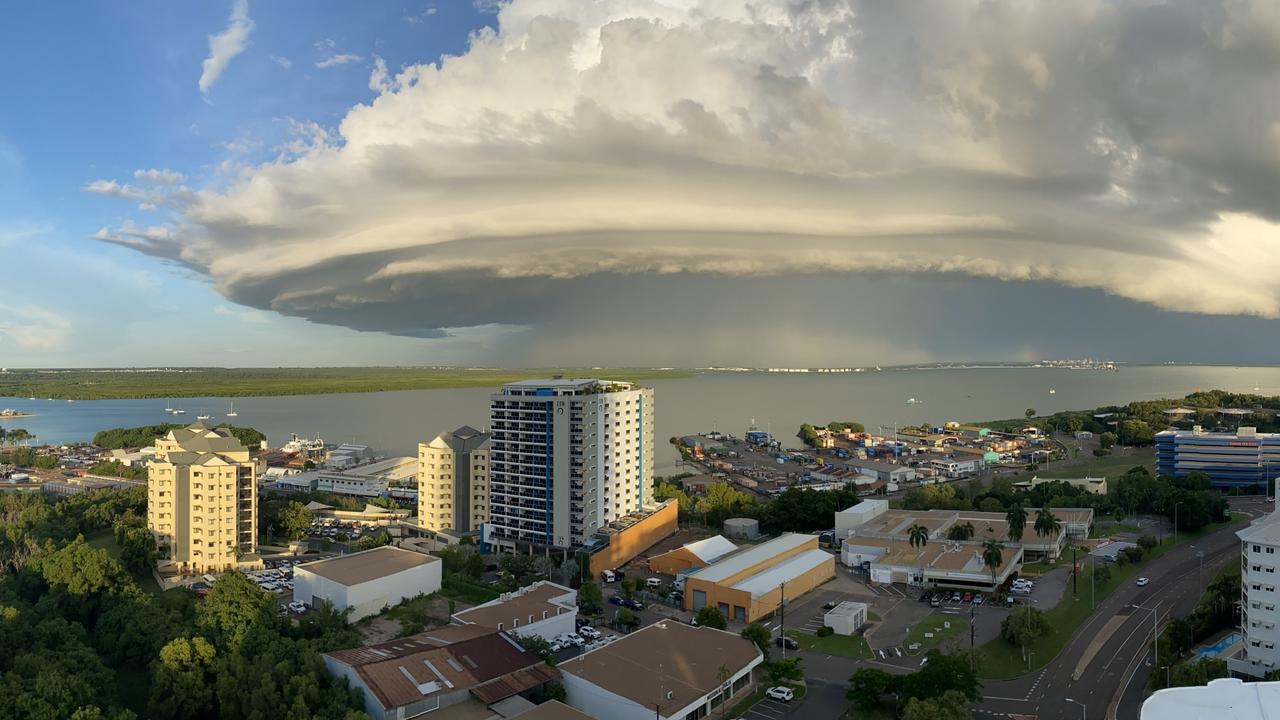Qantas harnesses power of data with machine learning algorithms
Project Sunrise is expected to help Qantas reduce its carbon emissions by about 50 million kilograms a year.

Qantas is adapting machine learning algorithms to determine the safest and most fuel efficient routes for long-distance flights.
It’s a use of technology that will also aid in the rollout of non-stop flights from east coast Australia to London and New York.
Chief executive Alan Joyce last year announced Project Sunrise, a plan to fly direct from Sydney and Melbourne to London non-stop in 21 hours, and from Sydney to New York in 19 hours.
Speaking at the Amazon Web Services innovation day in Sydney yesterday, Mr Joyce said he had written notes to the CEOs of Boeing and Airbus, challenging them to develop aircraft that could achieve the goal by 2022.
“It was amazing because the reaction of businesses was huge,” Mr Joyce said.
“The head of Airbus said to me it was a bit like the space race, the race to the moon, and that’s the way they’re viewing it within the organisation.
“We now believe there’s an aircraft capable of doing it. The aircraft I think is going to be revolutionary.”
Qantas made a first direct flight from Perth to London in March last year.
“Rolling out Project Sunrise is going to save us $40 million in costs each year by making 1 per cent or 2 per cent improvements on flight paths,” Mr Joyce said.
“We did a Sydney to Santiago flight … we saved one tonne of fuel on that flight by getting better flight paths.”
Along with the benefit of significant cost saving, Mr Joyce also said Project Sunrise was expected to help Qantas reduce its carbon emissions by about 50 million kilograms a year.
“That’s just one example of a technology use that’s had a huge impact on our business,” Mr Joyce said.
Also speaking at the conference, Qantas chief technical officer Rob James said the airline was partnering with the University of Sydney and the Australian Centre for Field Robotics to develop a flight planning algorithm for optimising routes.
The system involves machine learning algorithms.
With a fuel bill of $3.2 billion last year, Mr James said running aircraft as efficiently as possible was a major focus for the airline.
“Every time an A380 takes off, we are pumping about seven litres of fuel into those engines every second,” he said.
Qantas’s Dreamliners already download a terabyte of censored flight data every time they land.
But that was only a fraction of what the planes would be able to download in the future, Mr James said.



To join the conversation, please log in. Don't have an account? Register
Join the conversation, you are commenting as Logout